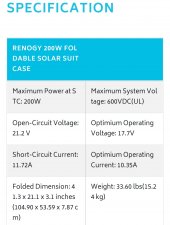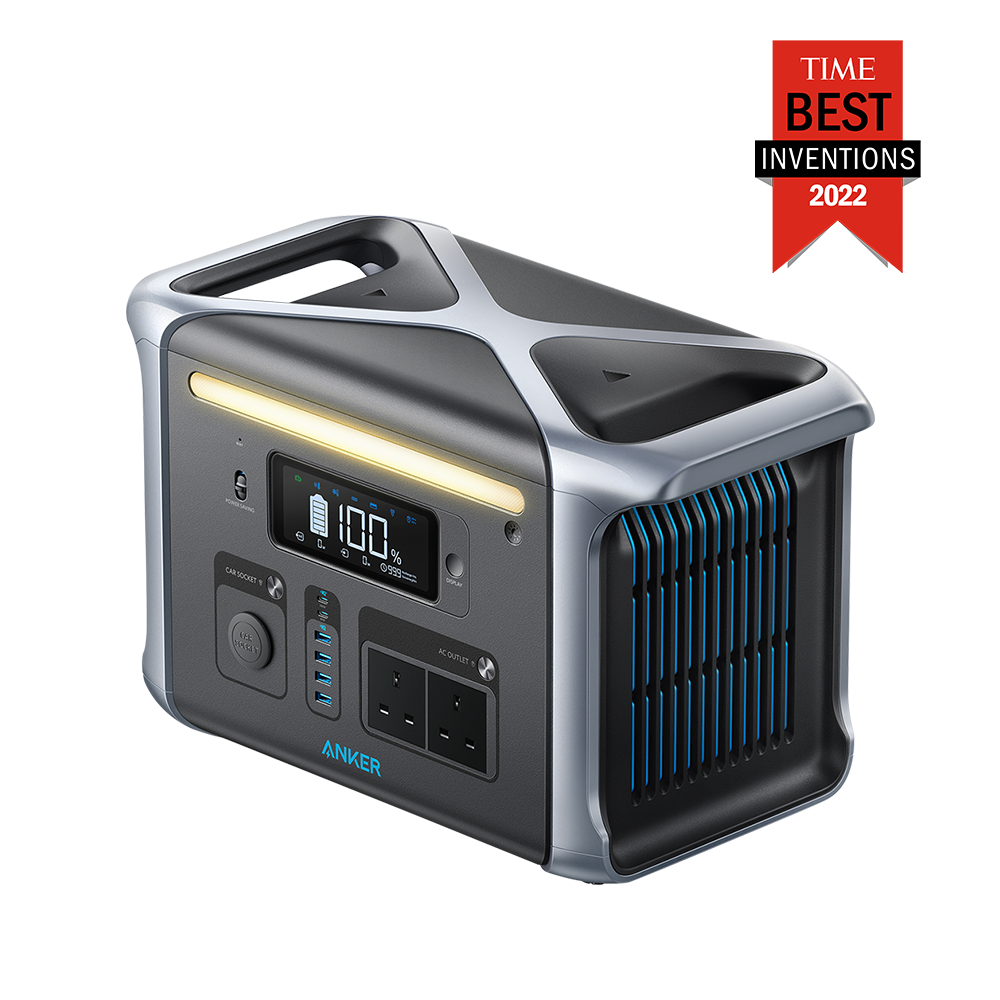Adding to what others mentioned about parallel/serial, the input on the 757 is hobbled (in my opinion). It only accepts a max of 30V and 10A of solar input.
Most panels I've found will easily put you close to (or above) the 10A limit in a single panel, so putting them in parallel doesn't gain you much. You quickly fly past the 10A limit, and so anything over 10A is not used by the 757.
Smaller panels also run anywhere from 16v to 18v, up to about 24v. So putting even the smallest (16v) panels together in series will take you past the 30v limit, triggering the over-voltage protection (which completely cuts off the solar input).
The best I have done is 2x 100w panels that put out ~5.5A at about 18v -- I'm getting 150w to 170w of solar input, which is enough for most of what I do right now. But it is really annoying that you can't get to the full 300 using any rigid panels that I've found.
It shouldn't be a surprise that Anker's portable panels (read: VERY expensive) come in right at 300w -- according to their support tech, they run at 29V/3.4A... that is such an obscure combination, I have to believe that this was a move on their part to force people to buy their panels to get the most solar input on this unit. That is their choice as the product producer, but it definitely left me with a bit of a sour taste in my mouth once I dug into it a bit... it just seems very unfriendly to users.






